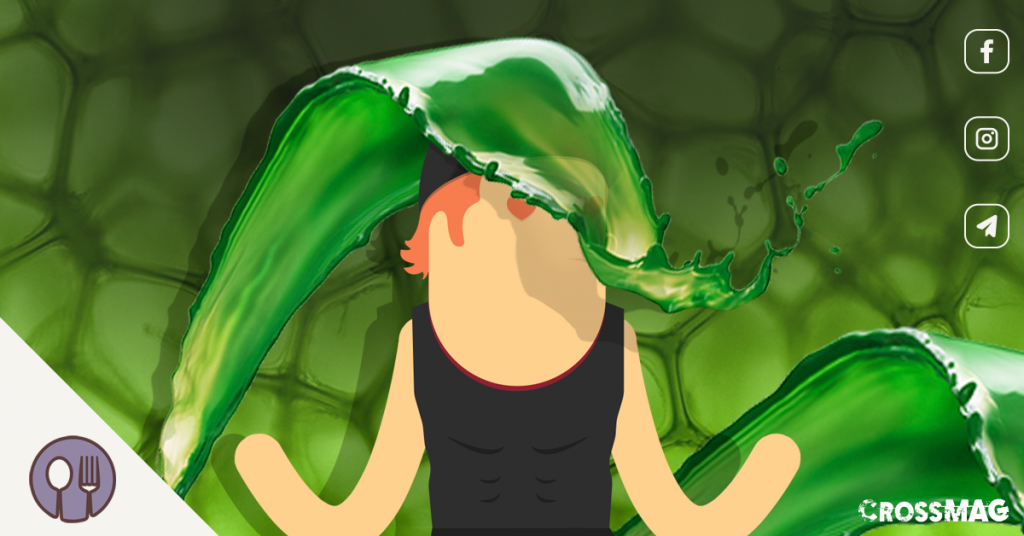La chlorophyll plays a very important role in making green and healthy plants. It also contains minerals, vitamins and antioxidants which have therapeutic properties for our body.
We can get extracts of chlorophyll directly from plants or through supplements; the latter are based on chlorophyllin, which contains copper instead of magnesium.
The properties of chlorophylline supplements are:
- stimulation of the immune system
- detoxifying properties of the blood
- bowel cleansing
- energizing properties
Index
Benefits of chlorophyll
Researchers continue to study the properties of this extract; let's see the benefits disclosed so far:
-
Skin healing
Chlorophylline has been shown to be useful for reduce inflammation and bacterial proliferation in wounds; in addition, it can also be beneficial for acne and enlarged pores and to improve sun damaged skin.
-
Blood construction
Some studies suggest that liquid chlorophyll contributes to build blood greatly improving the quality of red blood cells.
-
Detoxification and cancer
A trout study showed that chlorophyll can reduce the incidence of liver tumors since 29 to 64% and stomach cancers since 24 to 45%.
In another study in mice, it was shown that the daily intake of chlorophyll has reduced the tumor size in mice that had been transplanted with pancreatic cancer cells.
-
Weight loss
A study of 38 female participants found that those who took a chlorophyll supplement had a greater weight loss compared to those who had not hired him.
Additionally, chlorophyll supplement can support reduction of harmful cholesterol levels.
-
Natural deodorant
The most reliable study is the one performed on subjects suffering from trimethylaminuria, a rare metabolic disease that causes fishy odor; chlorophylline helps drastically reduce the amount of trimethylamines.
What are the risks?
Chlorophyll and chlorophyllin they are not toxic, but there are some possible side effects such as: digestive problems, diarrhea, green, yellow or black stools that can be mistaken for gastrointestinal bleeding.
You should always consult with your doctor before starting to take this supplement.
How to take chlorophyll?
Chlorophyll is available in different variants: tablets, gels, ointments, sprays.
The average dosage of chlorophylline supplements is between 100 and 300 mg per day in 3 doses. Chlorophyll supplements are not regulated and their doses vary.
Some people incorporate chlorophyll into their diet by adding it in liquid form to recipes.
Chlorophyll is also found naturally in some foods that we can include in our diet:
- rich cabbage
- Tuscan cabbage
- dandelion
- chicory
- spinach and herbs
- spirulina algae
- parsley
In conclusion
Chlorophyll is found in plant, in some green vegetables or in the form of supplements; it can have several health benefits, but also some side effects.
Research is quite limited for now, so more studies are needed to validate the beneficial effects in cancer reduction and skin diseases.
And have you ever taken chlorophylline supplements? How did you find yourself? Let us know in the comments and remember to follow us on our dedicated Telegram page
SUBSCRIBE HERE TO THE TELEGRAM CHANNEL

